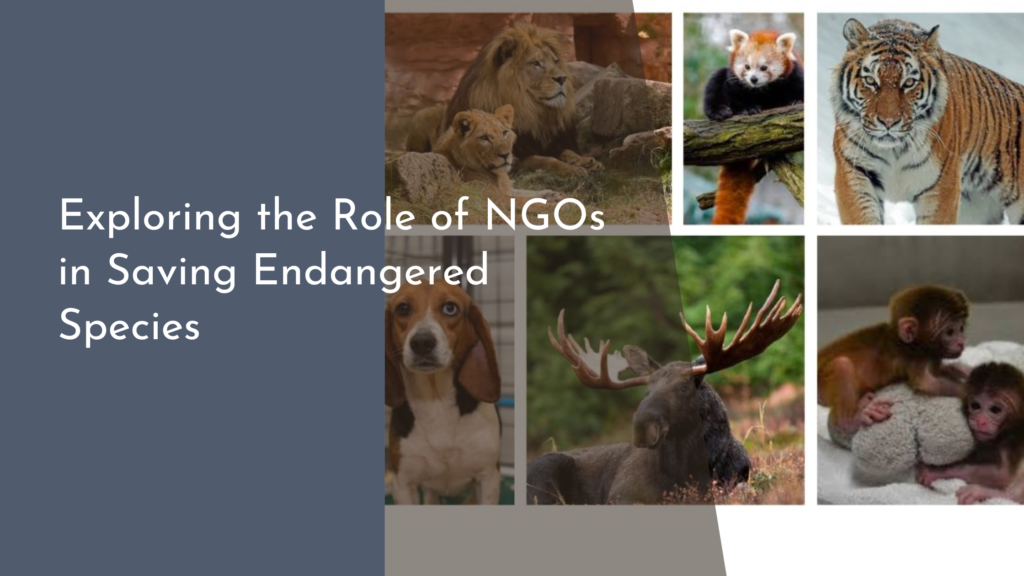Promoting Urban Waterway Revitalization
Urban waterway revitalization is an essential aspect of sustainable city development that not only enhances the aesthetic appeal of urban spaces but also contributes to ecological health and community well-being. As cities continue to grow, the need to reconnect with nature and restore waterways that may have been neglected or polluted becomes increasingly important. Through collaborative efforts, innovative solutions, and community engagement, urban waterways can be transformed into vibrant hubs for recreation, biodiversity, and economic activity. This article explores the multifaceted benefits of revitalizing urban waterways, the importance of community involvement, innovative approaches to sustainability, and inspiring examples from around the globe.
Discovering the Benefits of Urban Waterway Revitalization
Urban waterway revitalization offers a plethora of benefits that extend beyond mere aesthetics. First and foremost, it enhances the ecological integrity of urban environments. Clean, vibrant waterways can serve as essential habitats for fish, birds, and other wildlife, fostering biodiversity in urban areas. Furthermore, revitalized waterways can improve water quality by filtering pollutants and reducing stormwater runoff, which is critically important as climate change continues to exacerbate extreme weather events. This, in turn, creates healthier urban ecosystems that support both human and wildlife populations alike.
Additionally, revitalizing urban waterways can significantly boost local economies. By transforming neglected waterways into attractive destinations for recreation and leisure, cities can attract visitors and boost local businesses. Parks, walking trails, and waterfront spaces encourage outdoor activities like kayaking, fishing, and picnicking, which improve residents’ quality of life. Increased foot traffic and tourism can generate revenue for local shops, restaurants, and service providers, creating a ripple effect that enhances overall community prosperity.
Engaging Communities: Everyone’s Role in Revitalization
Community engagement is a cornerstone of successful urban waterway revitalization projects. When local residents are actively involved in the planning and implementation process, they are more likely to take pride in and care for their surroundings. Community workshops, clean-up events, and educational programs can raise awareness about the importance of waterways and encourage collaboration among residents, local organizations, and government agencies. By fostering a sense of ownership, communities can ensure that revitalization efforts reflect their unique needs and aspirations, creating spaces that resonate with local culture and identity.
Moreover, engaging communities can lead to increased social cohesion. When people come together to improve their environment, they forge connections that transcend demographics and backgrounds. This collective effort can strengthen neighborhoods, reduce crime rates, and improve overall community well-being. As people build relationships through shared goals, a sense of belonging and pride emerges, transforming urban waterways into vibrant and cherished public assets.
Innovative Solutions for Sustainable Waterway Projects
As cities face the dual challenges of urbanization and environmental degradation, innovative solutions are essential for sustainable waterway revitalization. Green infrastructure, such as bioswales, rain gardens, and permeable pavements, can effectively manage stormwater while enhancing the natural landscape. These solutions not only mitigate flooding but also improve water quality and create green spaces that promote biodiversity and recreational opportunities. By integrating nature into urban design, cities can enhance their resilience against climate change while providing aesthetic and ecological benefits.
Technological advancements also play a crucial role in revitalizing urban waterways. Smart sensors and monitoring systems can track water quality and flow, enabling proactive management and timely interventions. Additionally, digital platforms can facilitate community engagement by providing residents with information about ongoing projects, volunteer opportunities, and event announcements. By harnessing technology and innovative practices, cities can pioneer sustainable waterway projects that inspire and engage residents while protecting vital water resources.
Celebrating Success: Inspiring Revitalization Examples Worldwide
Around the world, myriad examples demonstrate the transformative power of urban waterway revitalization. One shining case is the Cheonggyecheon Stream in Seoul, South Korea. This once-polluted and covered-over stream underwent an extensive restoration project that restored its natural flow, created green spaces, and revitalized the surrounding neighborhoods. The project has since become a focal point for community activities, bringing urban dwellers closer to nature and spurring economic growth in the area.
Another inspiring example is the Brooklyn Bridge Park in New York City, which transformed an industrial waterfront into a vibrant public space. This revitalization not only restored access to the East River but also created recreational opportunities such as parks, sports fields, and public art installations. The success of such projects highlights the potential for urban waterways to serve as catalysts for community engagement, environmental stewardship, and economic revitalization. As cities around the globe embrace these initiatives, the future of urban waterways looks brighter than ever.
In conclusion, promoting urban waterway revitalization is essential for creating sustainable, vibrant, and cohesive communities. By recognizing the benefits these waterways offer, engaging communities in the revitalization process, employing innovative solutions, and learning from successful examples worldwide, cities can reclaim their natural treasures and foster a deep sense of connection between people and nature. With concerted efforts and a cheerful spirit, we can look forward to flourishing urban waterways that inspire and enrich the lives of current and future generations.

